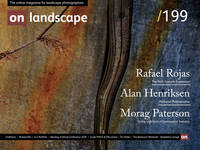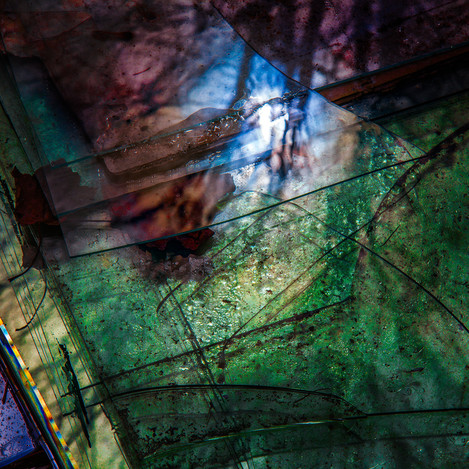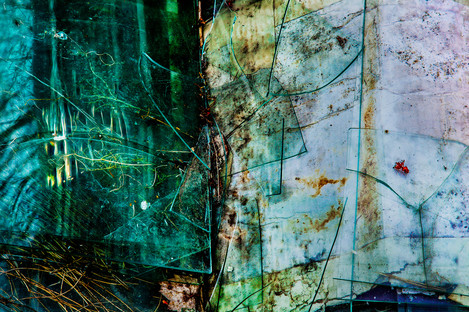Featured Photographer

Alan Henriksen
Alan Henriksen is a fine art photographer based in both Smithtown, Long Island, New York and Southwest Harbor, Maine. His photographs have been exhibited in both national and international shows since 1966, and have been published in photography magazines, as well as various invitational online galleries. His work is represented by The Alan Klotz Gallery in New York City.

Michéla Griffith
In 2012 I paused by my local river and everything changed. I’ve moved away from what many expect photographs to be: my images deconstruct the literal and reimagine the subjective, reflecting the curiosity that water has inspired in my practice. Water has been my conduit: it has sharpened my vision, given me permission to experiment and continues to introduce me to new ways of seeing.
I’m delighted to have come across Alan Henriksen’s detailed explorations of the natural and the man-made on Lensculture recently. As well as sharing his images with you, he has some rather special anecdotes too. Despite developing an interest for photography and printmaking at a very early age, it remained his hobby, enabling him to continue to make the images that he wanted to and to maintain the enthusiasm that was sparked by a visit to his local library.
You became interested in not just photography, but printing images, at a very young age. What prompted this, and how fundamental to your relationship with the camera has it proved to be? (You’ve talked about having retained the wonder of a child.)
In 1958 I asked my mother if I could use her Argus C3 35mm camera so that I could make some snapshots to contribute to the slide shows my parents occasionally put on during holiday family gatherings. Rather than allow her then nine year old son to use her good camera, she gave me a Kodak Brownie camera, and I began making snapshots of family, friends, and neighbours. During the summer of 1959, I visited a friend, who introduced me to his hobby of making photograms by placing objects on print-out paper and exposing the ensemble to sunlight. I brought my prints home and showed them to my mother. My parents remembered my interest and gave me a photo printmaking kit called Foto-Fun for Christmas. The kit included a contact printing frame, some print-out paper, trays, chemicals, and a few negatives. After printing the supplied negatives, I began printing some of my own and my parents’ negatives. Even though I had no exposure to the idea of photography as a fine art, I loved the sepia tonalities of my little contact prints and found them more beautiful than the original commercial prints.
For the first few years, photography was just one of several hobbies. But that changed in 1964 when a friend brought a book of Civil War photographs to school. I visited my local library hoping to find similar books of old historical photos. Instead, I chanced upon Peter Pollack’s book, “The Picture History of Photography” and opened it to Edward Weston’s Pepper 35, the one in which the pepper is lying on its side, in a funnel. I immediately responded to that photo, as well as the other Weston photos in that chapter. I thumbed through the rest of the book, discovering images by Ansel Adams, Paul Strand, and others. In addition to the Pollack book, I found Beaumont and Nancy Newhall’s “Masters of Photography.”



